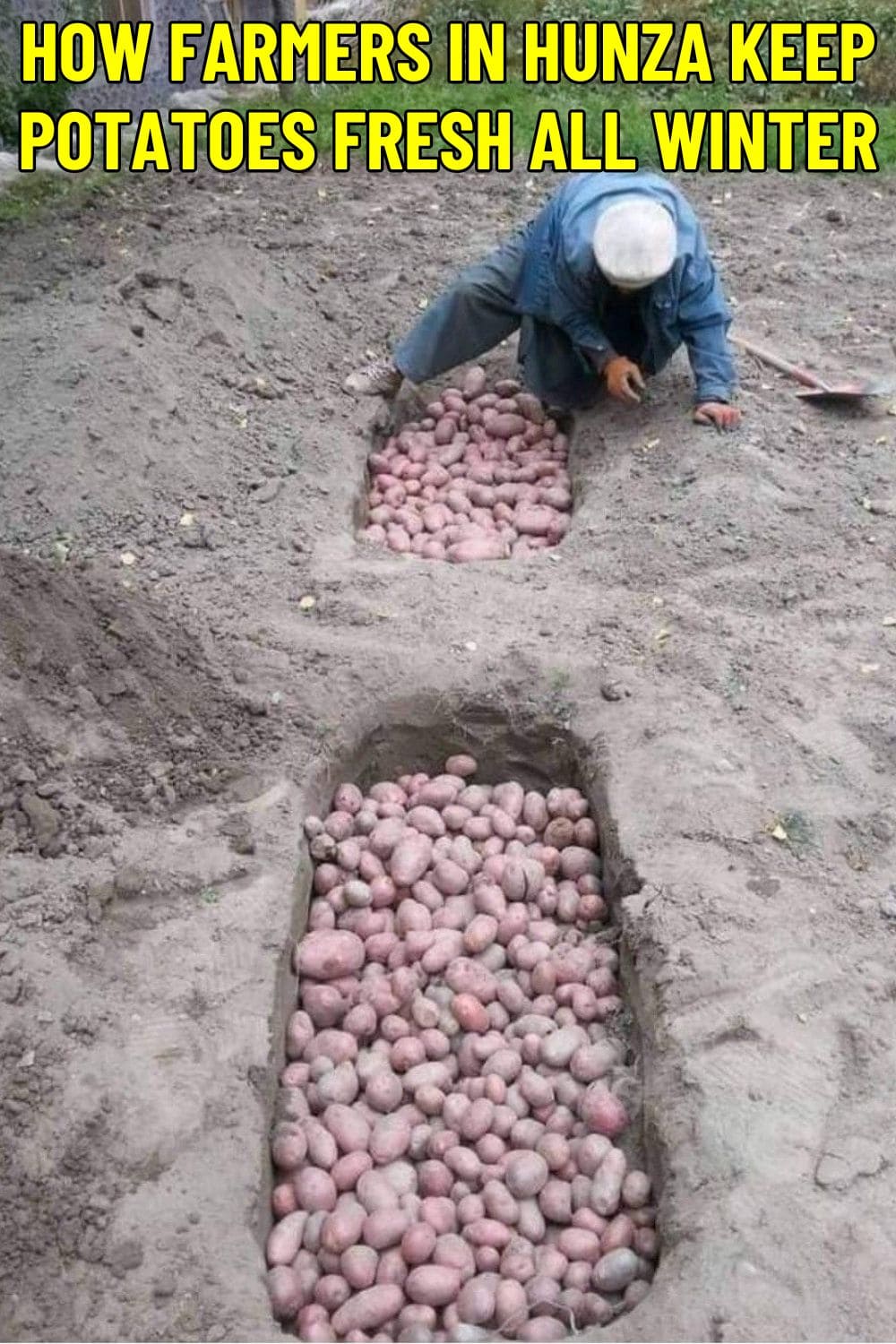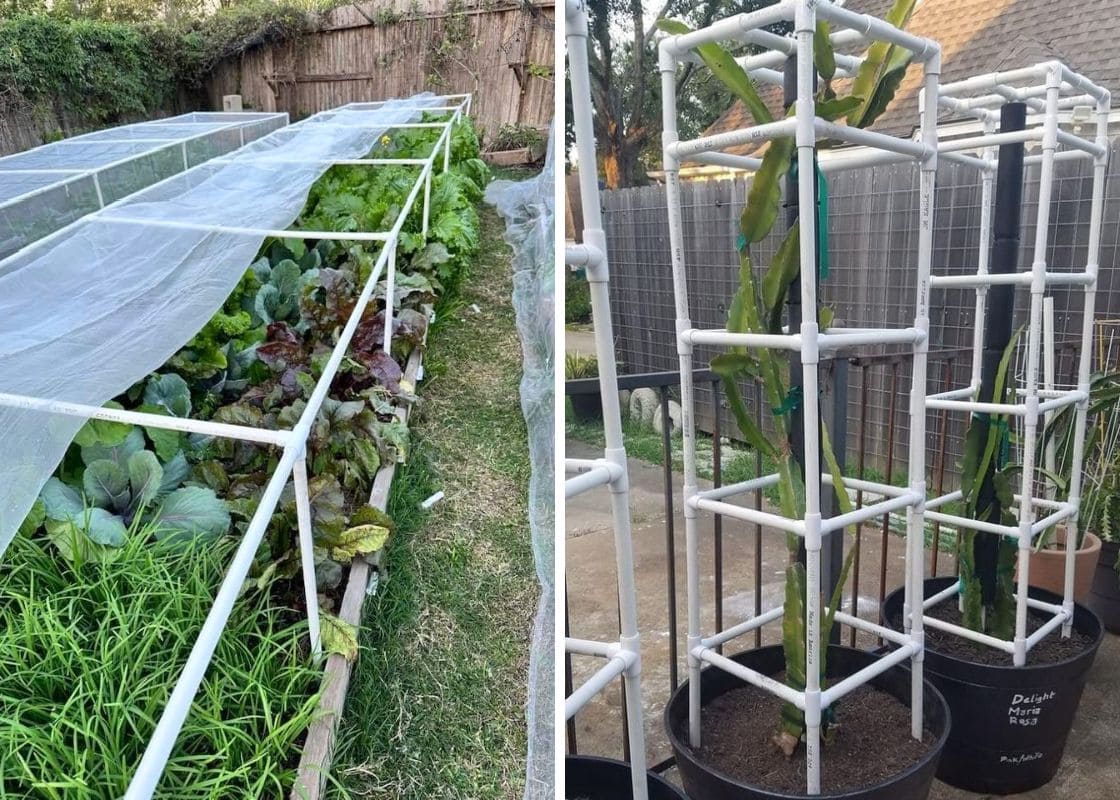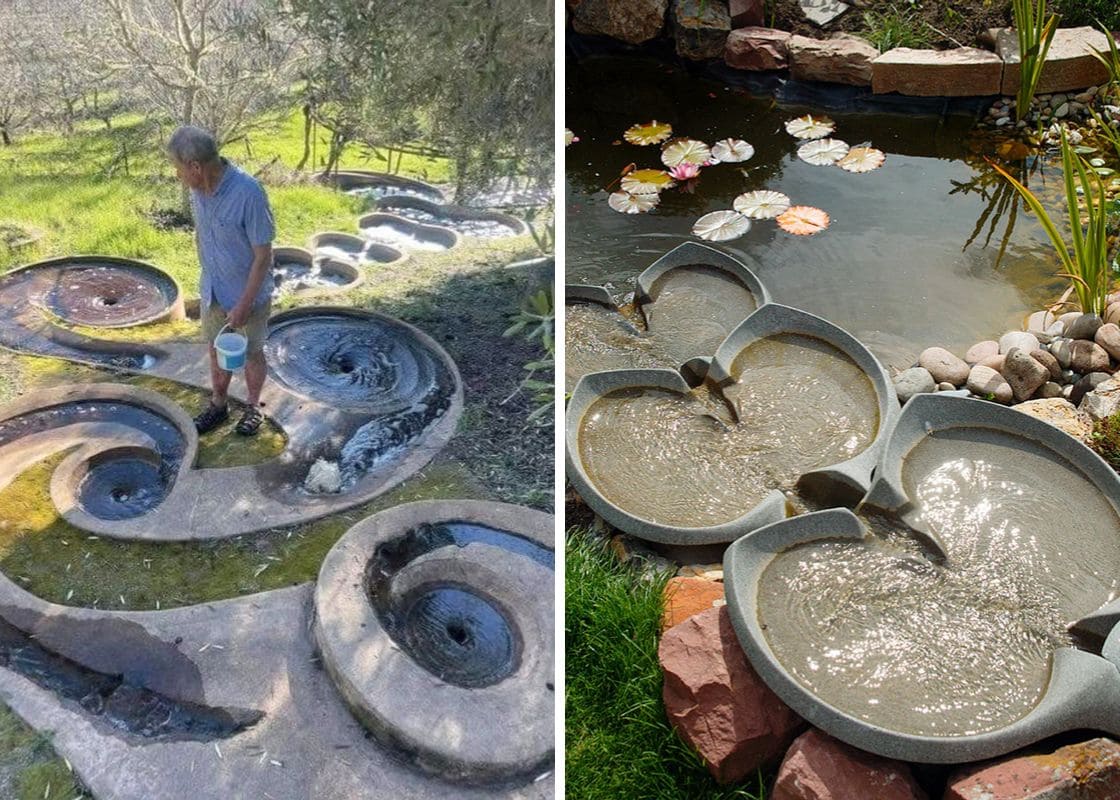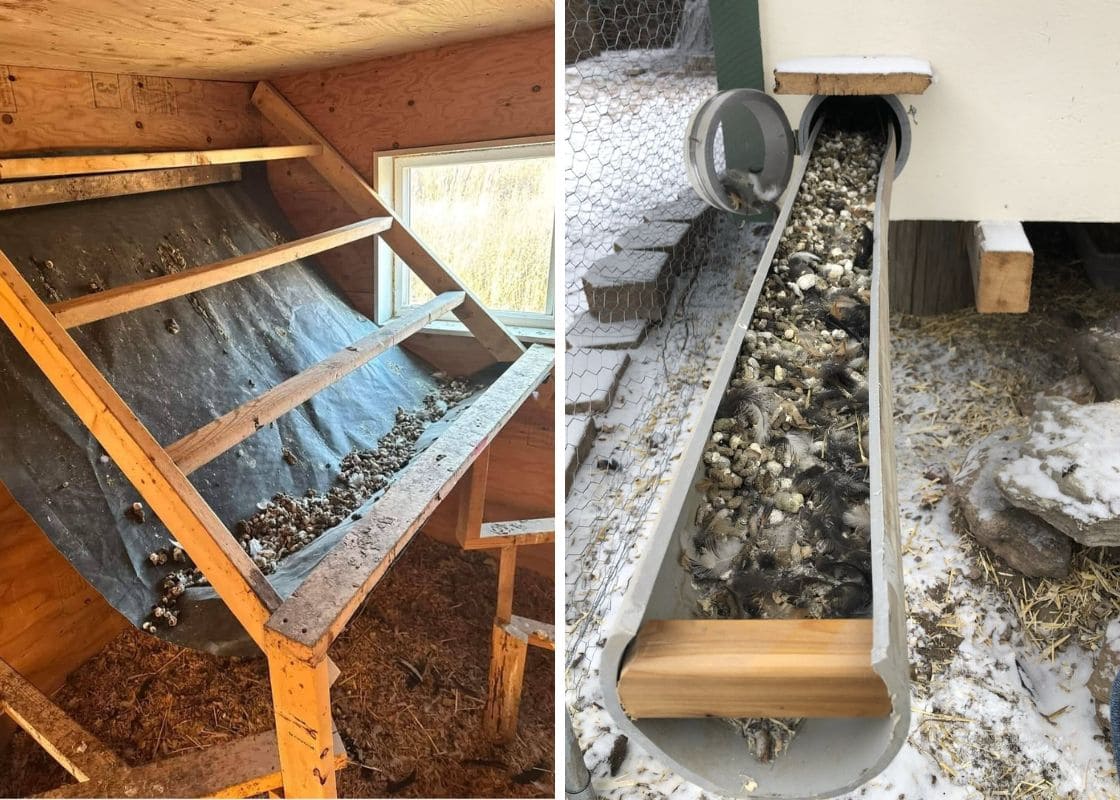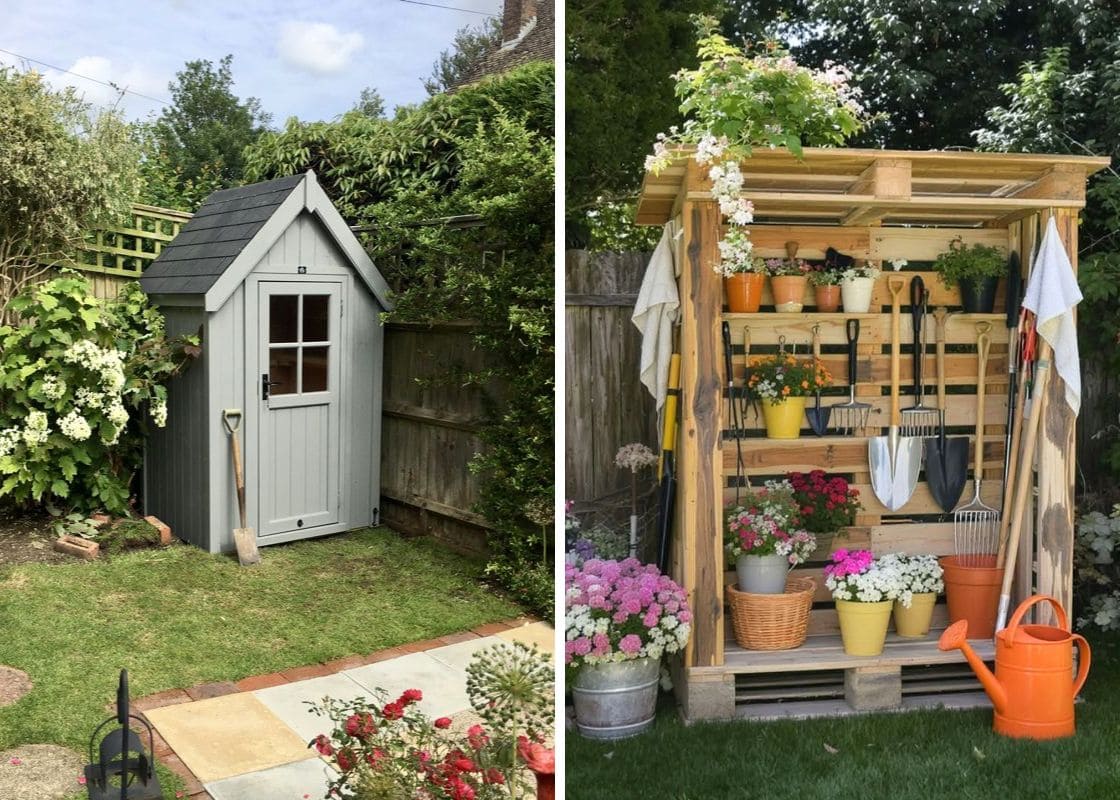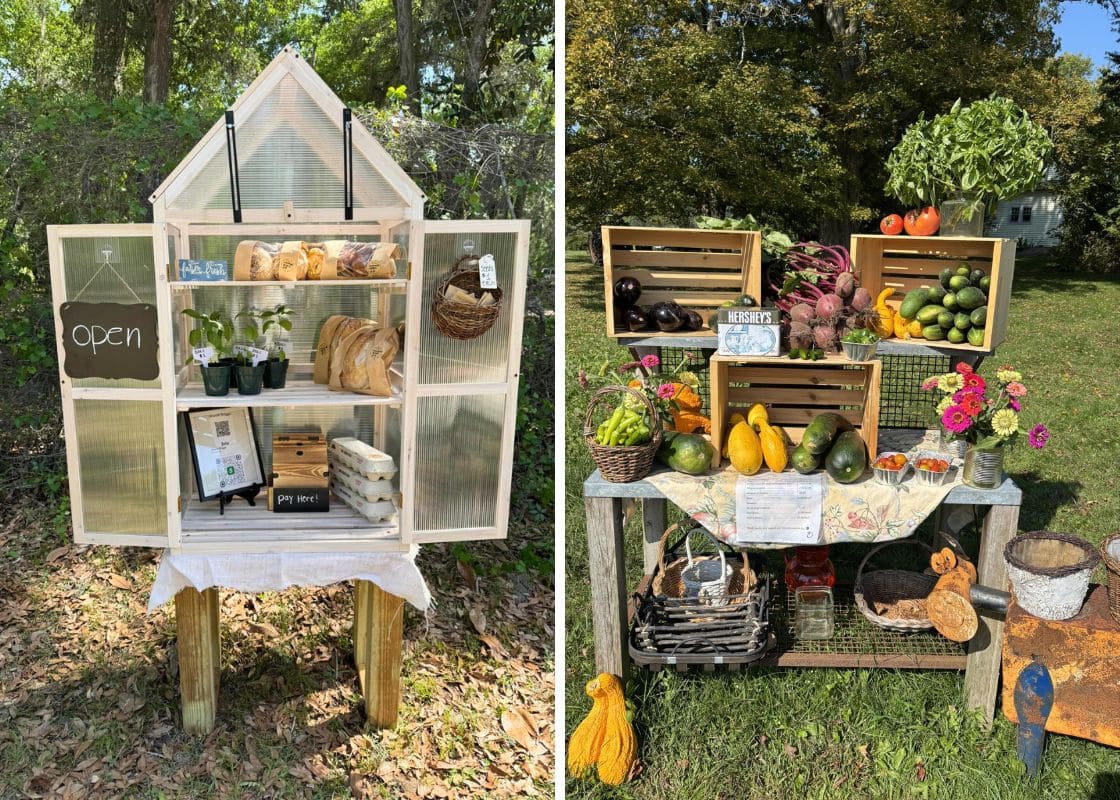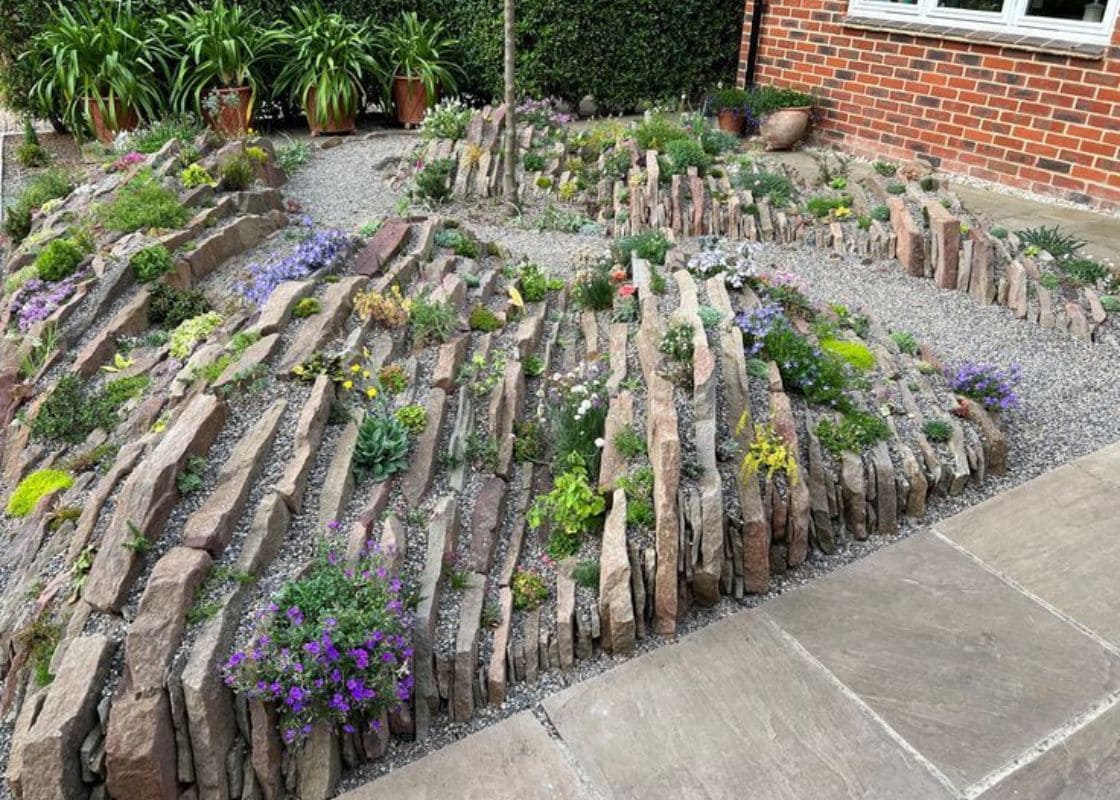When the biting cold rolls through the valleys of Hunza, life slows, but nature’s rhythm continues quietly beneath the frozen soil.
For generations, farmers here have relied on one of the simplest yet most effective preservation methods known to humankind: burying their potatoes underground.
This ancient technique, passed down for centuries, allows them to keep their harvest edible for months without electricity, chemicals, or modern refrigeration.
And remarkably, it still works just as well today, even for small home gardens.
The Ancient Practice Behind This Method
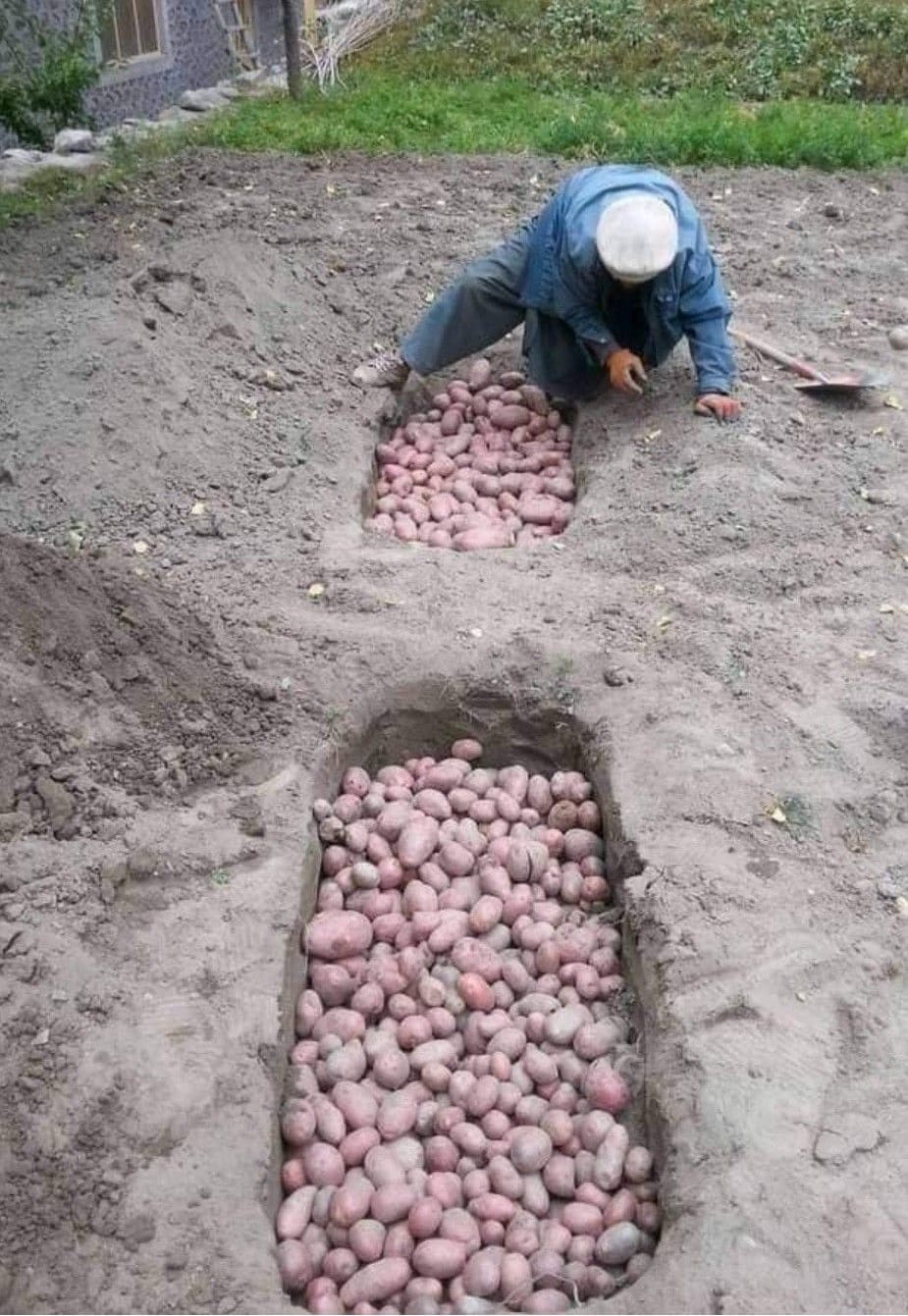
In the Gojal Valley of Hunza, nestled high in the mountains of Gilgit-Baltistan, winters are long and harsh.
Temperatures often dip below freezing, and for months, the ground remains hard as stone. But instead of fighting the elements, local farmers learned to work with them.
Before the first frost, they dig long, narrow pits and bury freshly harvested potatoes.
Once covered by earth, the potatoes stay cool, dark, and protected from moisture and pests.
The frozen soil acts as a natural refrigerator, keeping the potatoes firm and flavorful well into spring.
This method isn’t just about storage, it’s a reflection of self-sufficiency and respect for the land.
The farmers of Hunza have long understood that the earth itself provides everything you need to preserve what it grows.
How Underground Storage Works
1. Choosing the Right Spot
You need to pick a shaded, elevated area that won’t flood during rain or snowmelt.
The best spots are slightly sloped and made of loamy or sandy soil as they allow drainage while maintaining insulation.
2. Digging the Pit
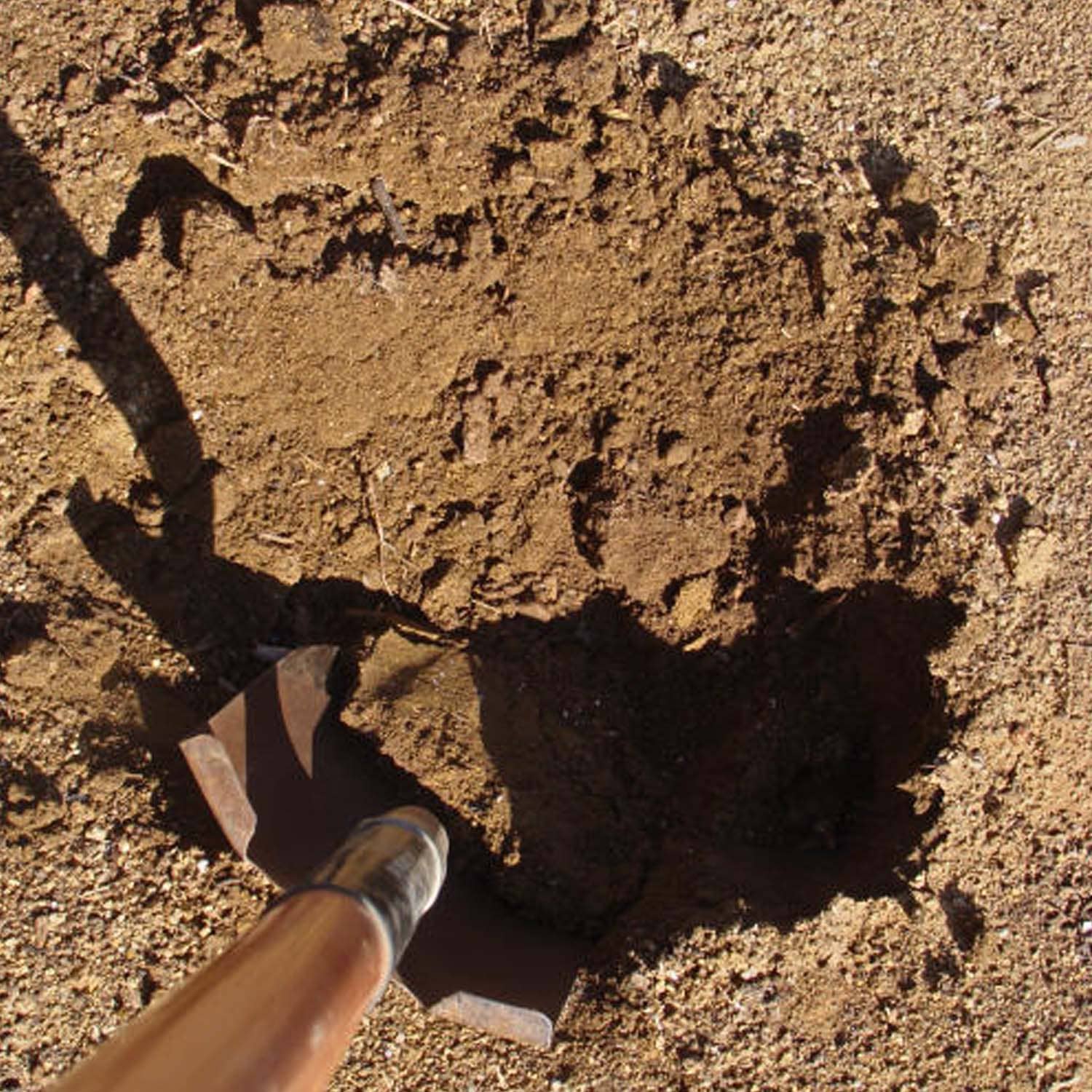
The pit is usually 2 to 3 feet deep, wide enough to store the desired quantity of potatoes. The depth protects the crop from surface frost while keeping it accessible.
If your winters aren’t as cold as Hunza’s, you can dig slightly shallower, the goal is to maintain a steady, cool temperature below freezing but above rot-inducing dampness.
3. Laying the Foundation
Start with a thin layer of dry straw, hay, or coarse sand at the bottom of the pit.
This creates a breathable barrier that prevents moisture buildup and keeps the potatoes from touching damp soil directly.
4. Storing the Potatoes
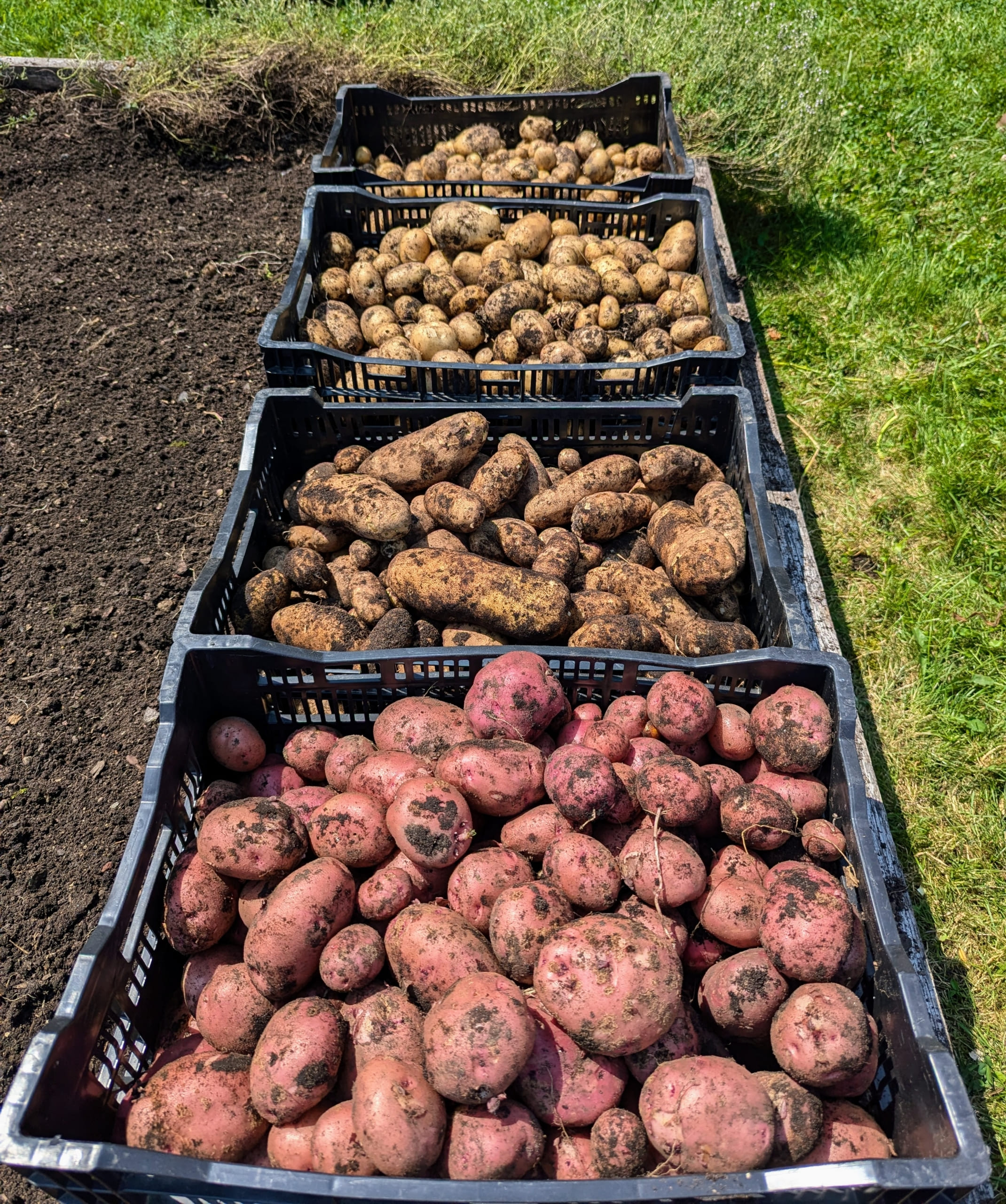
Now, arrange the potatoes in loose, even layers, not tightly packed. Also, leave some air space between them to allow natural airflow and prevent rot.
Some farmers separate layers with thin straw sheets to absorb excess humidity.
5. Insulating the Top
Once full, you should add another layer of straw before sealing the pit with compact soil.
In colder climates, an extra mound of dirt, leaves, or even old sacks can be added on top for insulation.
Why This Method Works So Well
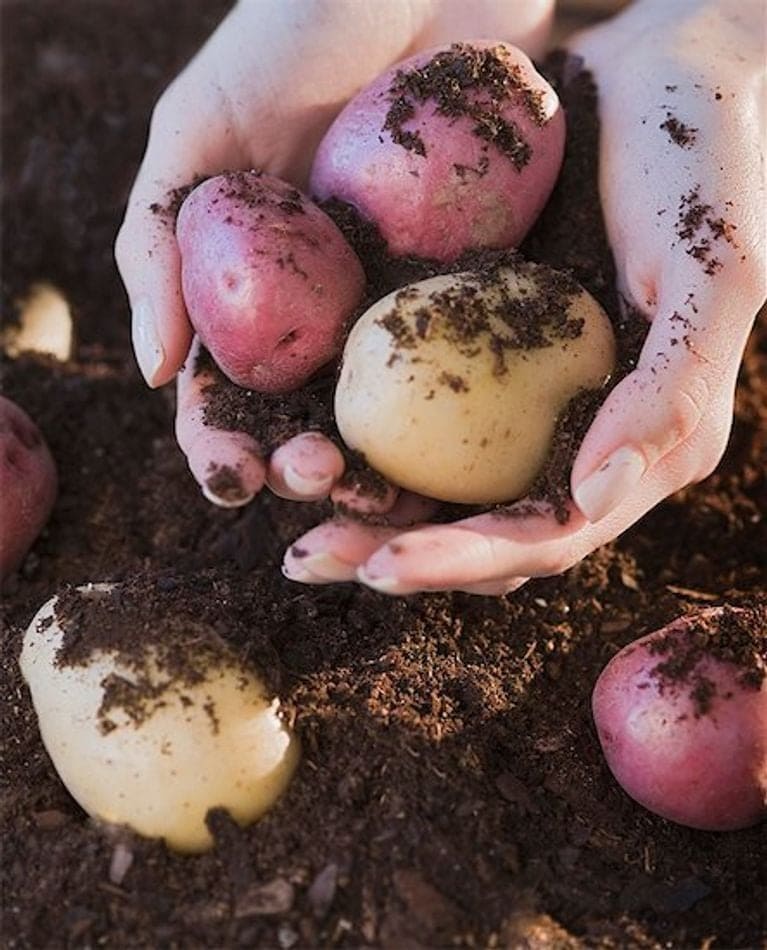
The genius of this storage method lies in its simplicity. Soil acts as a natural temperature regulator, keeping the inside of the pit consistently cool.
The darkness stops the potatoes from sprouting, and the balanced humidity prevents them from shriveling or rotting.
Even during sub-zero temperatures, the layer of earth keeps the potatoes from freezing solid.
Essentially, you’re turning the ground itself into a gentle, living refrigerator.
How You Can Try It at Home
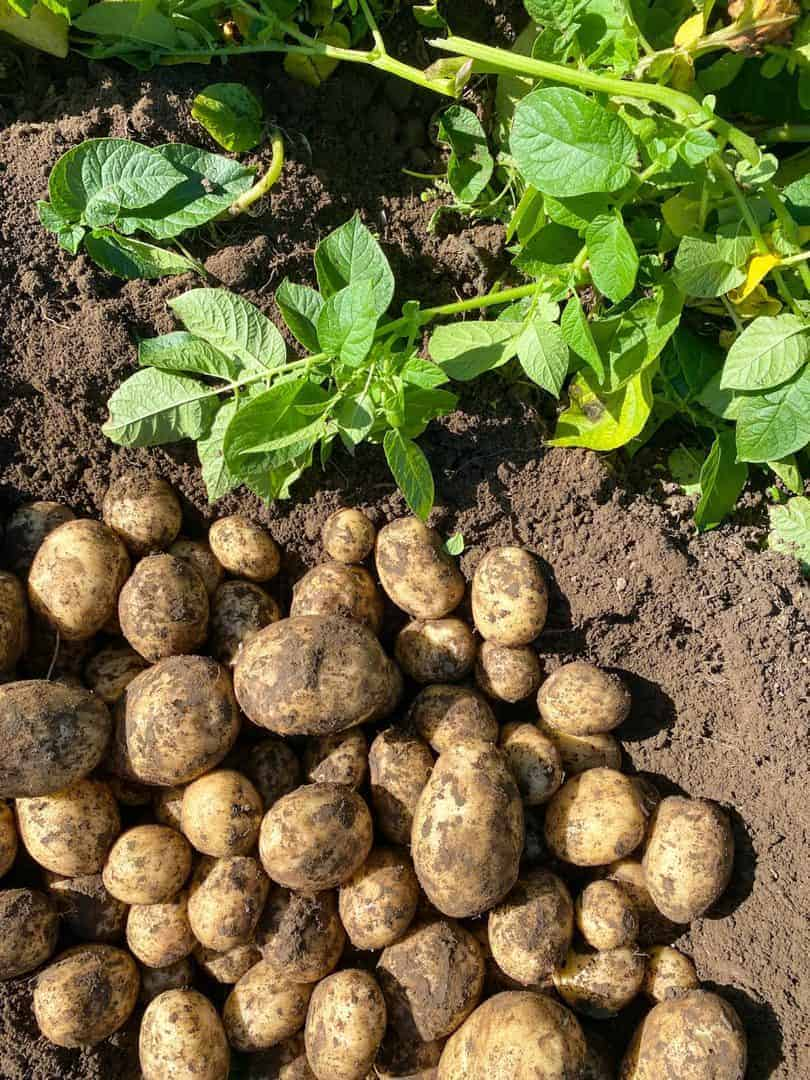
If you grow your own potatoes or other root vegetables, you can recreate this method easily in your backyard.
Choose a quiet corner of your garden, somewhere dry and shaded, and dig a pit about two feet deep.
Then line it with straw, fill it with your harvest, and seal it with soil.
Mark the spot with a small stake so you can find it later under snow or fallen leaves.
When winter ends, you’ll find your potatoes still plump, smooth, and ready to eat, proof that old ways often outlast new ones.
Mistakes to Avoid
One of the biggest errors is burying damaged or bruised potatoes, which quickly rot and spoil the rest.
Therefore, always sort through your harvest and use only clean, uncut ones.
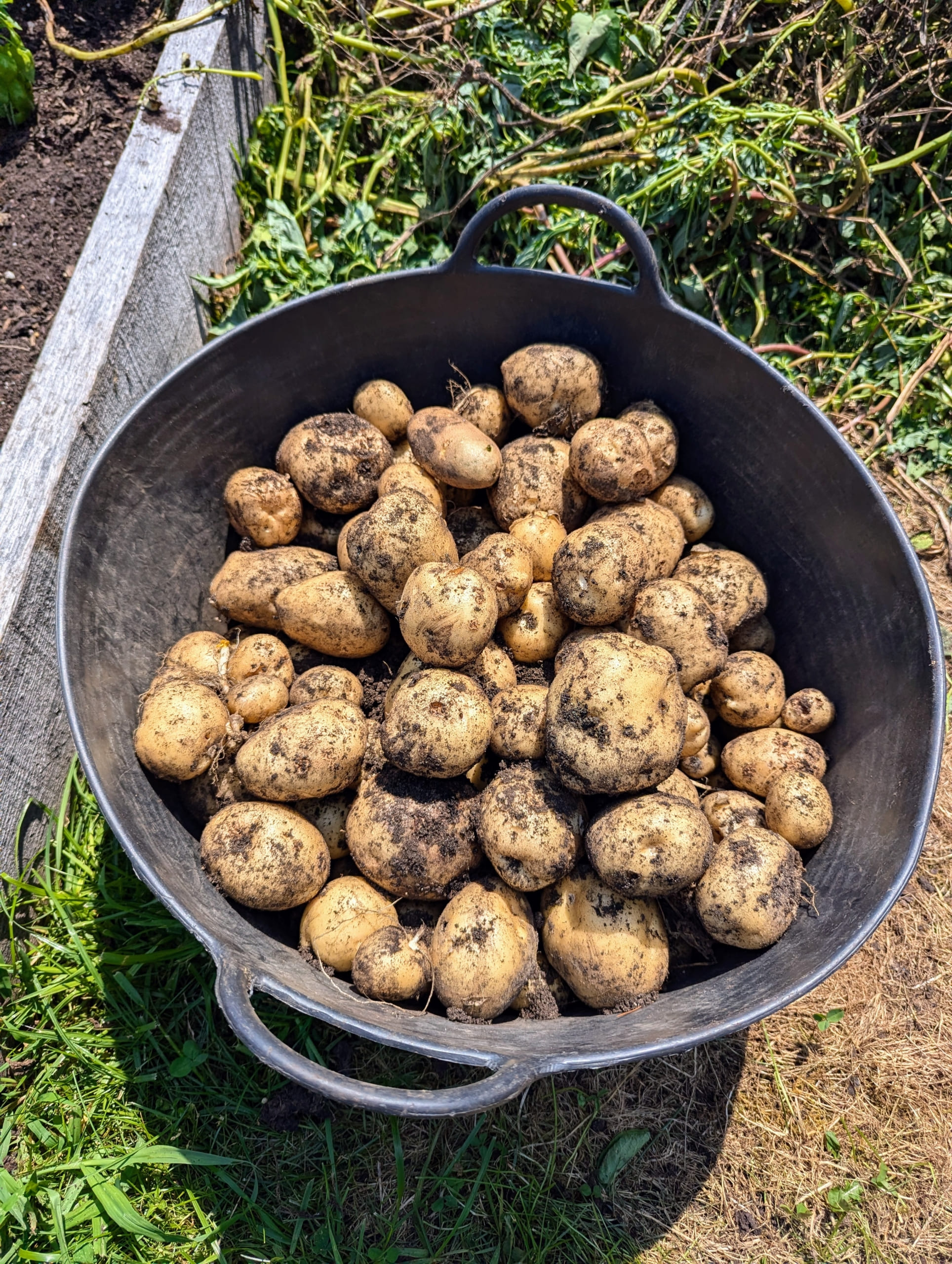
Additionally, avoid pits near areas that collect rainwater or melt runoff. Too much moisture can destroy your efforts.
And never cover the pit with plastic as it traps humidity, which promotes decay rather than preservation.
A Lesson from the Earth
By using the ground as a shelter, farmers in Hunza show us that sustainability doesn’t have to be complex or expensive.
With nothing more than soil, straw, and care, they preserve their food through the hardest months of the year.
Read more: How to Weatherproof a Chicken Run with Shower Curtain Liners
